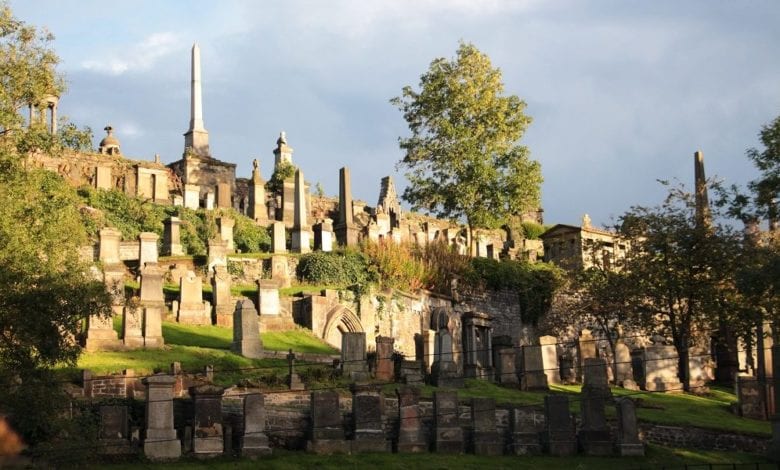Features
Cemeteries Around The World – Glasgow Necropolis

Originally known as Fir Park and based on 37 acres of land on top of a hill to the east of the city’s iconic cathedral, Glasgow Necropolis is a Victorian garden cemetery full of inspired architecture and monuments to some of the city’s and Scotland’s most famous sons.
You'll need to
subscribe to unlock this content. Already subscribed? Login?







